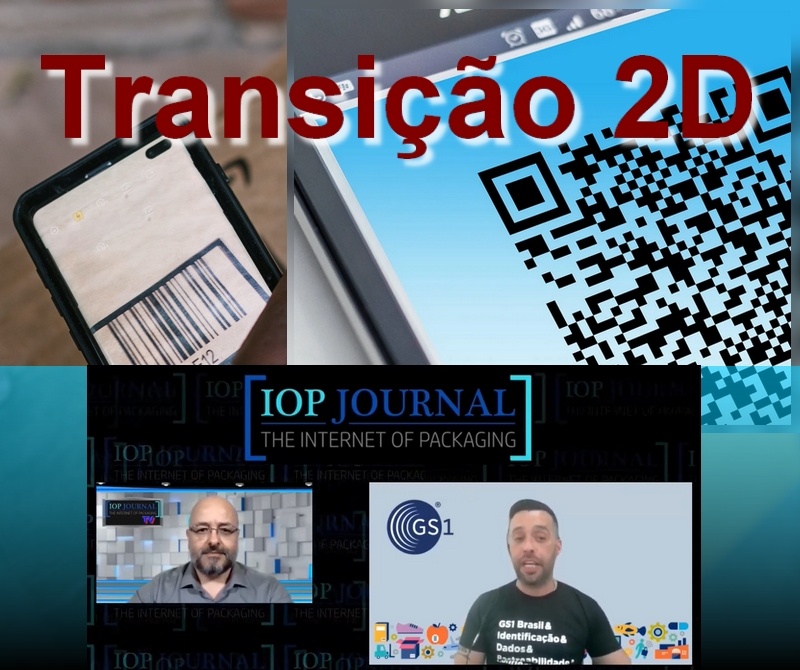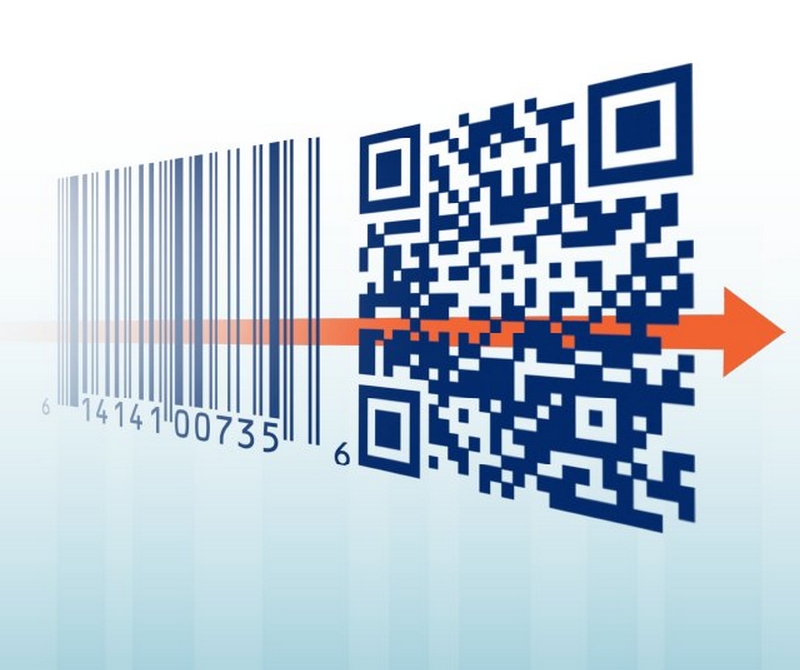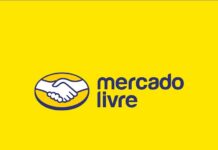Edson Perin
To do the transition from conventional or one-dimensional Barcodes to QR Codes or Datamatrix, also called 2D Codes, brings important benefits to companies, supply chains and consumers, such as tracking, expiration dates, origin of raw materials, sustainability and much more. The transparency of information makes possible to carry out operations such as locating products outside the pre-defined technical compliances and taking the appropriate measures, even stimulating consumer decision-making at the time of purchase, with targeted marketing campaigns.
Luiz Costa, Education executive at GS1 Brazil, explained more about 2D Codes in an exclusive interview to IoP Journal TV (click here to watch). “2D or two-dimensional Codes appeared around 1993 or 1994, and they manage to aggregate more interoperable data in a smaller physical space in a package. GS1, as the worldwide entity responsible for product identification, makes these codes globally accepted.” Costa adds that, for this reason, the codes generated by GS1 in Brazil are valid worldwide. “Unbelievably, no other product will have the same code generated for this item worldwide,” he says.

Costa talked about what companies should do to carry out the so-called 2D Transition, moving away from one-dimensional Barcodes, the instructions that we see today on product packaging and that are read, for example, at supermarket checkouts by laser scanners, and entering the era of Two-Dimensional Codes, such as QR Codes or Datamatrix. “It needs a little adjustment in terms of printing the codes, which are no longer static but dynamic”, guides Costa. “As we change the batch and date of manufacture of a product, the code also changes. Therefore, these URLs [web addresses] of products need to be very well implemented along with the printing processes or linked to the packaging companies or even in the companies themselves”.
Printing in loco by the companies themselves, at their manufacturing sites, can be exemplified by pharmaceutical industry, which normally prints its packaging in the laboratory itself, where its products are sold in pharmacies, for example. “Smaller companies send packaging companies to print the codes. So, yes, there will be a certain adaptation for those who want to work with variable data, which should take about five years”, says Costa.

In the case of radiofrequency identification (RFID), which, according to Costa, is already a consolidated technology, which is no longer emerging, the same data can be added to 2D Codes. “The difference with RFID is that there is no need for eye contact. It is then possible to validate up to 2,000 items inside a pallet without visual contact, only with an RFID reader, through the serialization of the Bar Code. Today there are several success stories, including RFID tags used to seal products, such as wines, which, when opened, break the RFID tag, which is no longer readable”.
Click here to watch the full interview.



















